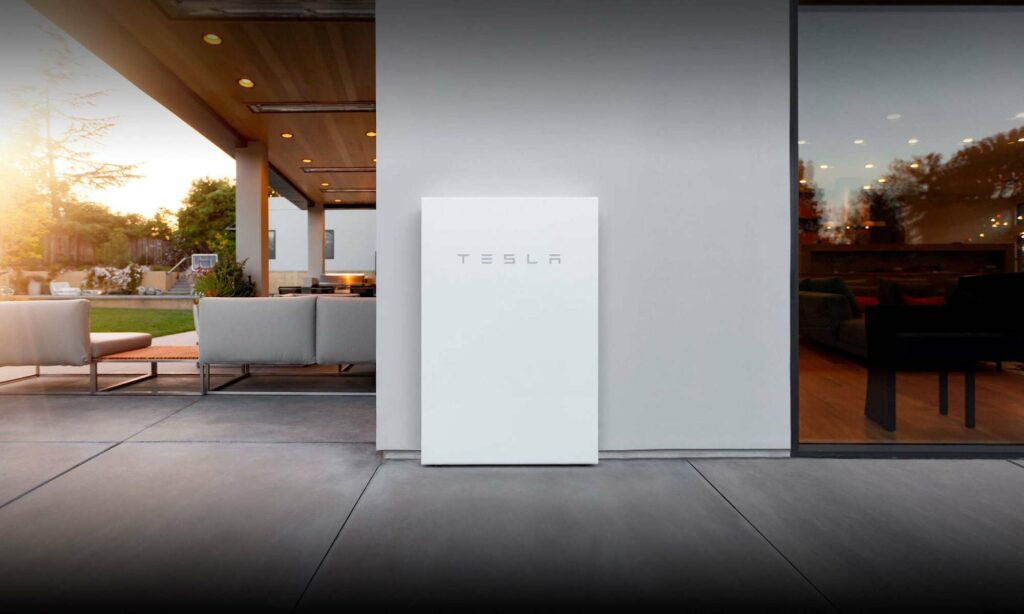Renewable Energy Competitive With Fossil Fuels, Even Without Subsidies
Home » Renewable Energy Competitive With Fossil Fuels, Even Without Subsidies
The International Renewable Energy Agency (IRENA) says the cost of generating power from some renewable energy sources has reached parity or is cheaper than cost of fossil fuels. Solar photovoltaic (PV) is leading the cost decline, with solar PV module costs falling 75 per cent since the end of 2009 and the cost of electricity from utility-scale solar PV falling 50 per cent since 2010.

Between 2010 and 2014, the average LCOE (levelised cost of electricity) of residential systems in Australia declined by 52% and residential electricity price parity has been reached in some parts of the country. The report states the LCOE of solar PV in Australia is highly competitive due to the country’s excellent solar resources. Residential solar power systems are now as much as 70% cheaper than in 2008.
Yet despite these extraordinary trends, many of the world’s decision-makers have yet to grasp how competitive renewables have become. Often, vested interests such as coal and fossil fuel companies add to propagation of the myth of “costly” renewable energy.
“Renewable energy projects across the globe are now matching or outperforming fossil fuels, particularly when accounting for externalities like local pollution, environmental damage and ill health,” said Adnan Z. Amin, Director-General of IRENA. “The game has changed; the plummeting price of renewables is creating a historic opportunity to build a clean, sustainable energy system and avert catastrophic climate change in an affordable way.”
“Now is the time for a step-change in deployment for renewables,” said Adnan Z. Amin. “It has never been cheaper to avoid dangerous climate change, create jobs, reduce fuel import bills and future-proof our energy system with renewables. This requires public acknowledgement of the low price of renewables, an end to subsidies for fossil fuels, and regulations and infrastructure to support the global energy transition.”
The trend is clear. Renewable power generation will keep getting cheaper over time, even in a period of falling oil prices. Renewables development and deployment represents the most secure long-term hedge against fuel price volatility, the best route to reducing greenhouse gas emissions, and a sound financial investment. The future is bright indeed.
The International Renewable Energy Agency (IRENA) is the global hub for renewable energy cooperation and information exchange. It consists of 138 members (137 States and the European Union), including Australia. Renewable Power Generation Costs in 2014 can be downloaded here (PDF).
Information courtesy of irena.org (http://www.irena.org/News/Description.aspx?NType=A&mnu=cat&PriMenuID=16&CatID=84&News_ID=386)







